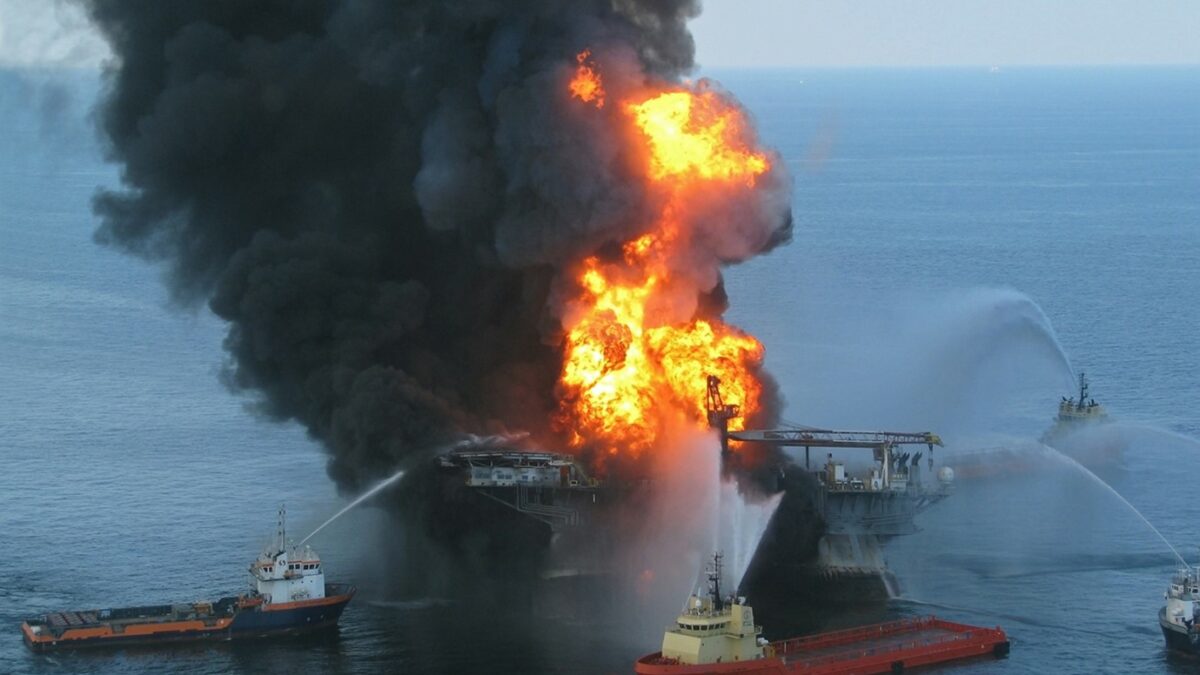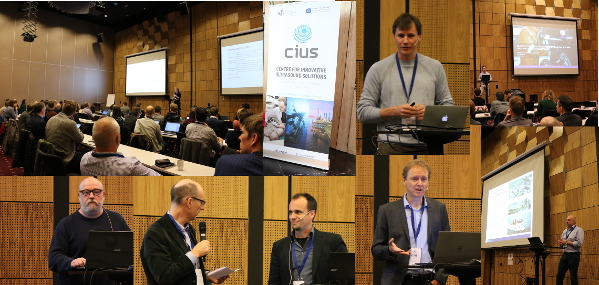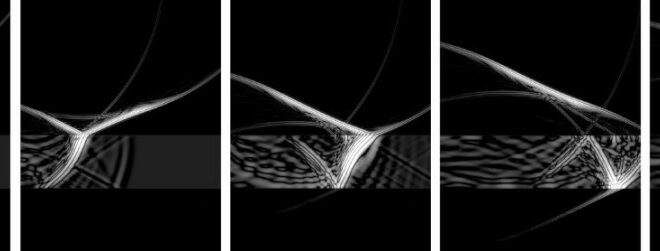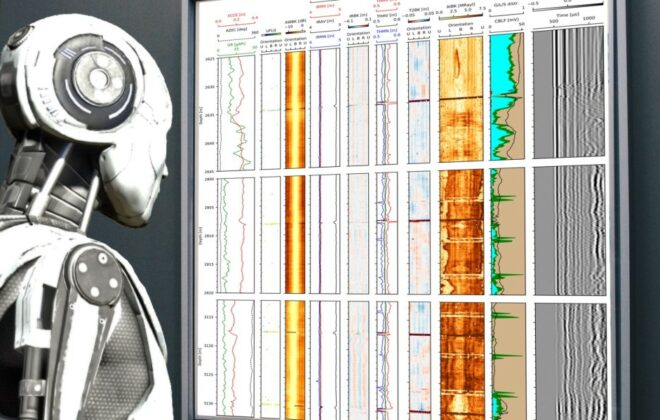We built an AI tool to help avoid environmental disasters
Artificial intelligence helps us more and more with decision-making in fields such as medicine, transportation, and information retrieval. In collaboration with Equinor, Norway’s biggest oil and gas company, we have now added another field to the list: Interpreting integrity logs from oil and gas wells. Together, we built an AI-based assistant for Equinor’s log interpreters that they are now using in their daily work.
In short, well integrity interpretation is a safety-critical task to make sure that oil and gas reservoirs cannot leak. Well integrity interpreters analyse complex sonic and ultrasonic measurements made in the well to determine whether it is properly sealed or not. Failure to do this task can lead to serious disasters such as the Deepwater Horizon explosion which led to one of the largest environmental catastrophes in history.
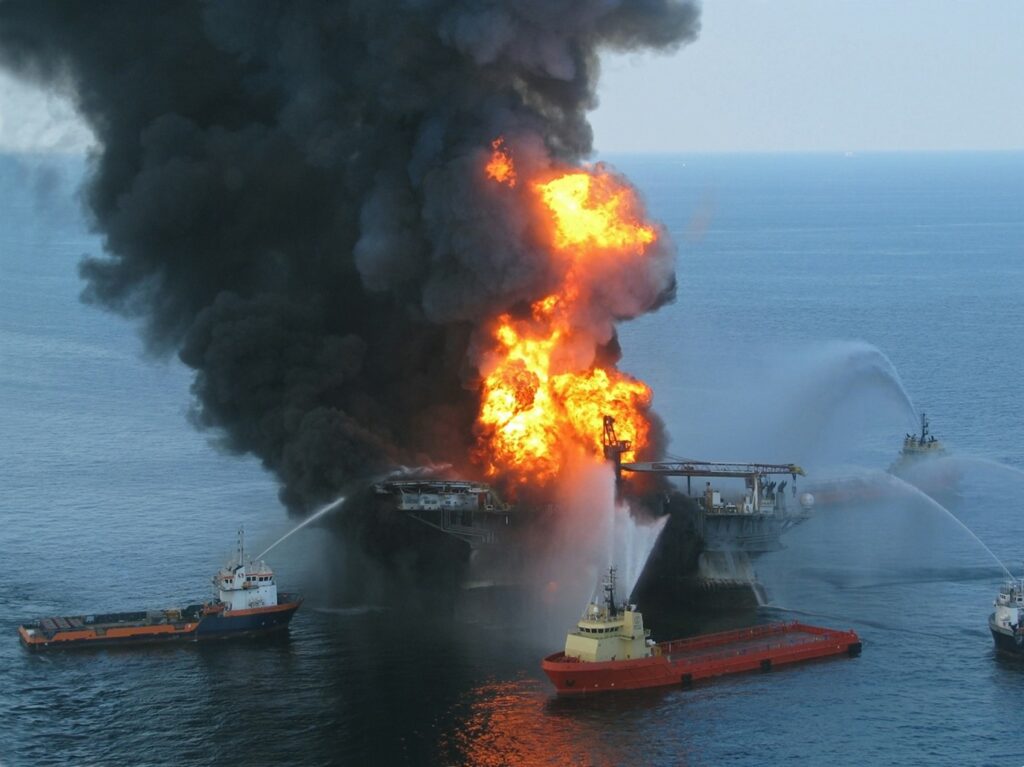
Our assisted interpretation tool
The tool acts as a helpful colleague who, at the click of a button, can offer an interpretation of a given well integrity log. The interpreter can then use this automatic interpretation as a basis for their own. In the end, however, the human interpreter makes the final judgements and takes responsibility for the result.
Building this tool was a joint project between CIUS and Equinor involving researchers from both sides, with extensive experience with machine learning on well integrity logs, and experienced well log interpretation experts with lots of domain knowledge, who would also be among the end-users of the tool.
Our machine learning problem
Building this tool was not straightforward. To explain why, I first need to explain the machine learning technique it is based on. We use a supervised machine learning algorithm that learns its task by looking at matching examples of input and output. The process is analogous to a very naïve child with no understanding of the world being trained to recognise animals by looking at pictures of individual animals while being told which animal is which.
With no understanding of the world around it, this child can easily end up learning associations that work for the training pictures but don’t work in general — for example, any animal sticking its tongue out with its mouth open is a dog. The problem gets even harder if some of the animal pictures are unclear, or if the child occasionally gets told the wrong animal for a picture.

For our tool, the input is not animal pictures, but previous well integrity logs, and the ‘answer key’ is not animal names, but expert interpretations of those logs. As in every complex interpretation task, different interpreters will disagree to some degree. Even individual interpreters are not perfectly consistent from day to day. Hence, the machine learning algorithm will get a somewhat inconsistent answer key. To train the algorithm better, it is important to improve the consistency as much as possible.
Furthermore, the input well log data is complex — it contains a lot of different types of information, and much of it is often not predictive of what the interpretation should be. Some of the data is even junk, with a regular pattern that lets human interpreters easily identify and disregard it. However, machine learning algorithms are naïve, and can’t disregarding the junk data as easily!
Improving the machine learning
In this collaboration project between CIUS and Equinor, we made some major strides compared to our previously published work, which significantly improved the quality of the automatic interpretations. On the input side, we developed a simple and sufficiently robust method to identify and filter out the junk data. Furthermore, we improved our methods to break down the log data before feeding it to the machine learning algorithm.
On the output side, however, the close collaboration with Equinor’s well log interpretation experts unlocked some major improvements over previous CIUS work based on older Equinor logs. Since those logs, Equinor has developed and adopted a much better interpretation system than what is commonly used in the industry, where interpretations are made using an inherently subjective rating scale. While this approach works, the subjectivity leads to inconsistencies that can trip up the machine learning. Equinor’s new annotation system, however, specifies what is behind the casing. This allows for more precision and objectivity, which reduces inconsistencies and benefits the machine learning.
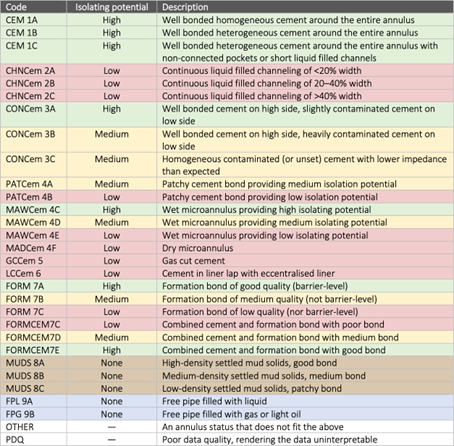
Furthermore, the project’s well log interpretation experts constructed a very high-quality set of logs for training and testing the machine learning. They took previously interpreted Equinor logs, excluded logs that were too ambiguous to serve as training examples, and performed an extra quality control to improve the internal consistency of the dataset.
The tool today
During the project, we integrated the assisted interpretation tool into the software used by Equinor’s well log interpreters so that they could easily use it as part of their daily workflow. As a result, Equinor’s interpreters now makes extensive use of the tool, which Equinor is currently maintaining and expanding.
Equinor also plans to release the source code of this tool for the use of other companies. Their aim is to benefit the entire industry by providing a tool to improve safety.
Want to know more?
If you are interested in getting a more technical overview of our improvements and the implementation, I have a more detailed post on my personal research blog for you as well. You can also get the full picture from an article that we recently published in the journal SPE Drilling & Completion.
Erlend Magnus Viggen
- Erlend Magnus Viggen#molongui-disabled-link
- Erlend Magnus Viggen#molongui-disabled-link
- Erlend Magnus Viggen#molongui-disabled-link

